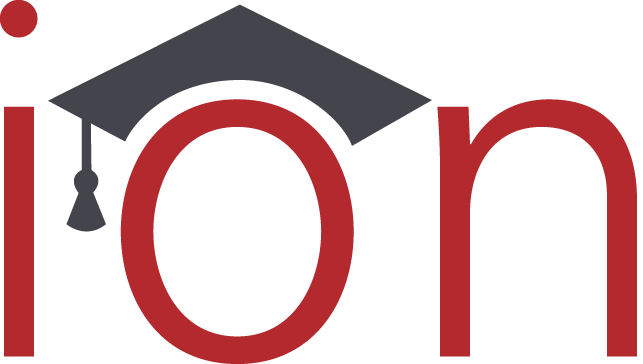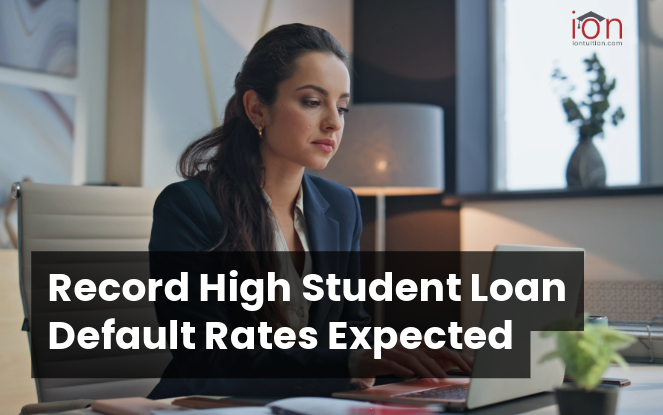The three-year COVID payment pause offered a lifeline for millions of student loan borrowers and a reprieve from student loan defaults. However, the repeated extensions and the subsequent one-year “on-ramp” period created significant confusion and uncertainty.
The On-Ramp Reinforced Non-Payment
For borrowers unprepared to resume payments, the on-ramp period provided a crucial buffer. Those with multiple missed payments were automatically placed into forbearance, preventing immediate consequences like damaged credit scores or wage garnishment. However, this reinforced borrowers who had no intention of paying to continue not paying.
Fresh Start for Defaulted Borrowers Wasn’t Widely Utilized
The on-ramp also included the Fresh Start program, a one-time opportunity for the 7.5 million defaulted borrowers to bring their loans into good standing. While the program’s effectiveness remains unclear, it offered a potential path back to repayment for those who had fallen behind.
The Growing Number of Non-Paying Borrowers
Despite these measures, it’s estimated that over 20 million student loan borrowers are currently not making any payments. This includes those in forbearance, income-driven repayment plans, and those delinquent or in default. When student loan default rates return, expect record highs caused by those borrowers.
On Track for Record High Default Rates
The on-ramp period ends on September 30th. After this date, missed payments can have severe consequences, including damaged credit scores, wage garnishment, and tax refund withholding.
The Biden-Harris administration’s continued promises of loan forgiveness despite ongoing legal challenges have contributed to the growing number of non-paying borrowers. Many borrowers likely believe their loans will eventually be forgiven, leading to a reluctance to make payments.
Borrowers Need Clear Guidance on Repayment
It’s imperative to communicate clearly to borrowers that repayment is expected. While the future of loan forgiveness remains uncertain, relying solely on potential forgiveness is a losing strategy.
High Student Loan Default Rates Can Be Avoided with a Good Default Aversion Plan
To avoid a surge in student loan default rates, it’s essential to provide borrowers with the support and resources they need to repay their loans. This may include counseling services, repayment planning tools, and clear communication about the most recent student loan updates.
By setting clear expectations and offering assistance, we can help borrowers navigate this challenging period and avoid the long-term consequences of default.

